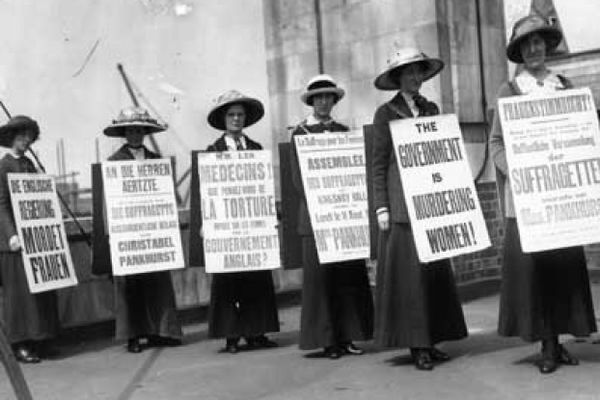The first major bill that President Barack Obama signed into law echoed one of his familiar stump stories from his campaign. He told audiences about a woman named Lilly Ledbetter from Alabama who worked for Goodyear Tire and Rubber Company from 1979 to 1998. After taking early retirement from her job as an area manager, Ledbetter discovered that she'd been duped. Goodyear had compensated her less than 15 male area managers. Ledbetter took Goodyear to court for alleged wage discrimination, and after a jury agreed with her claims, the case ended up in the Supreme Court. Citing the plaintiff's legal obligation to file the claim within 180 days of the beginning of the alleged pay discrepancy, the Supreme Court tossed Ledbetter's case in a 5-4 decision.
Instead of retreating in defeat, Ledbetter became a leading activist against wage discrimination. On Jan. 28, 2009, President Obama signed into law the Lilly Ledbetter Fair Pay Act, expanding the statute of limitations for wage discrimination lawsuits to cover when an employee discerns a pay discrepancy.
Advertisement
Although Ledbetter will never recover the disputed income from Goodyear, her case will serve as a legal landmark for gender-based wage discrimination. The whys and wherefores of the gender pay gap in the workplace have been inspected from all sides, but its existence is indisputable. According to the Bureau of Labor Statistics (BLS), the median wage for female full-time workers in the United States was 80 percent of the male median wage in 2007 [source: BLS]. On the upside for female workers, that gap has narrowed considerably since the BLS began comparing gender wage data in 1979. Then, women made merely 62 percent of a man's median salary [source: BLS].
Despite the race to catch up, empirical data shows that the gender gap persists across age groups, races, education levels and industry sectors. Take higher education, for example. As of 2007, only 1.5 percent more men received bachelor's degrees than women [source: U.S. Census Bureau]. Yet, the average annual income of degree-holding men topped that of women by more than $26,000 [source: U.S. Census Bureau].
If women comprise 43.6 percent of the national workforce now, how does this gender gap persist?
Advertisement




